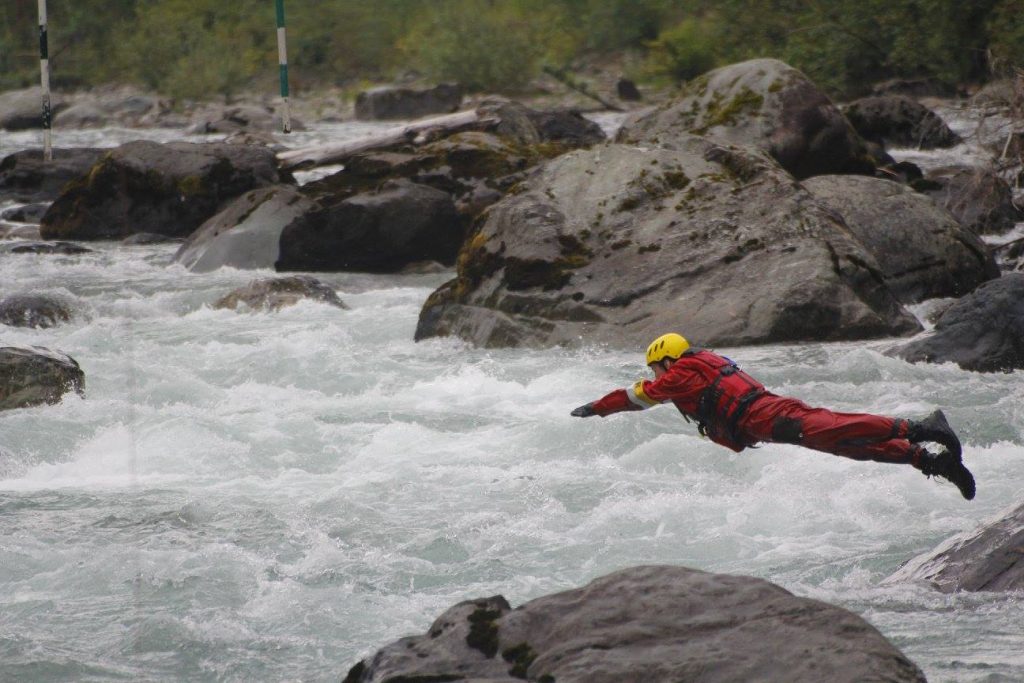Summer seems to be approaching slower than normal this year but, as the temperatures rise, more individuals are starting to head to the water. Chilliwack is blessed to have many different waterways located close by and a large variety of recreational water activities because of this. Fishing, boating, kayaking, tubing and swimming are just a few of these popular activities, but did you know that most drowning also occurs during the months of July and August? Of the yearly drowning incidents in BC, which is between 60-80 per year, the top two ‘causal’ activities are swimming and fishing. So how do you avoid becoming a statistic and go home after a great day on the water instead? Simply wear a life jacket or personal floatation device (PFD).
With regard to river safety there are lots of hazards to be aware of. Some of these hazards would be wood and logs, rocks and currents.
If you do find yourself floating down the river here are a few things to remember:
-
Don’t panic. Control your breathing and look to see where you are.
-
Keep your feet up. Never put your feet down if swept down the river. If you put your feet down there is a risk of getting your foot or leg caught and you could drown.
-
Swim towards shore in a ferry angle. A ferry angle is an angle to the current that will help utilize the current to push you to shore. This is typically a 45 degree angle to the current. If you’re on your back, get into a ferry angle with your feet up and your head pointed towards the shore you want to go to.
-
Don’t give up. Keep working until you’re in shallow water or in a calm pool.

As a Swiftwater Rescuer there are many things that we do to prepare for a water rescue before the rescue actually happens. Acquiring the right equipment is a big part of this, and of all the equipment worn by rescuers, the most important piece is a PFD. Next is the countless hours of training we do to be able to read the river, read the subject, and make a plan based on the risks. Reading the river comes from a lot of practice and experience. We continually train to learn and understand the safe parts of the river, what to avoid and how to use the currents to our advantage. A skilled rescuer would not just jump in and swim for a Subject. He/she would first assess and analyze all potential risks, but the really cool part is that because of all the training we do this can be done in seconds.
Chilliwack Search and Rescue has highly trained Swiftwater Rescuers. Many of them train in extreme environments in order to be ready for those unfortunate times when a river rescue is needed. They train to read the river, swim in fast-moving water, maneuver boats and work as a true team in all water environments. Swiftwater Search and Rescue members from SAR teams across BC, including Chilliwack, recently completed a weekend training session addressing some of these skills in rafting, kayaking, river swimming, and team rescue scenarios. To read more on this, just check out last month’s Blog or visit the Swiftwater Symposium’s dedicated Facebook page.
So, remember to have fun on the water but be safe. Wear your floatation device even if you can swim!
Huge thanks to Adam L., an expert CSAR Swiftwater Team Member and professional Swiftwater trainer, for putting these valuable points and reminders together!
